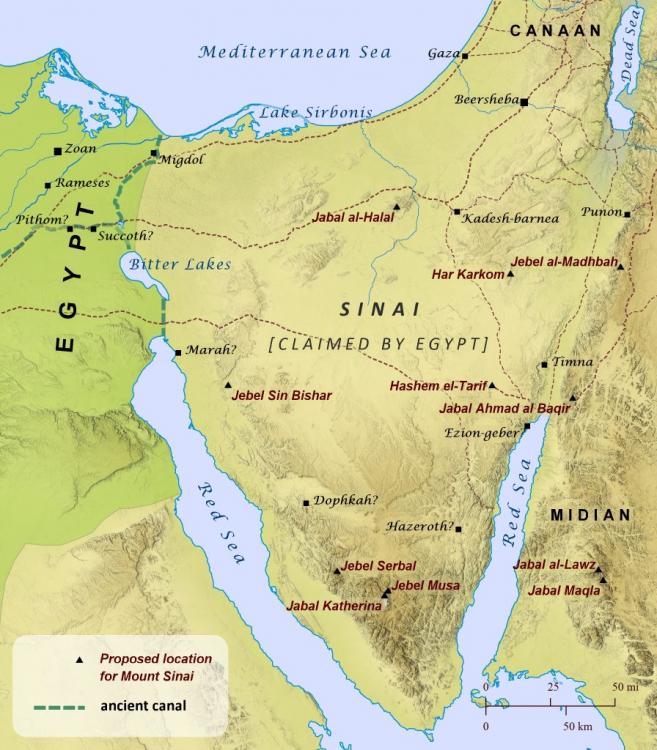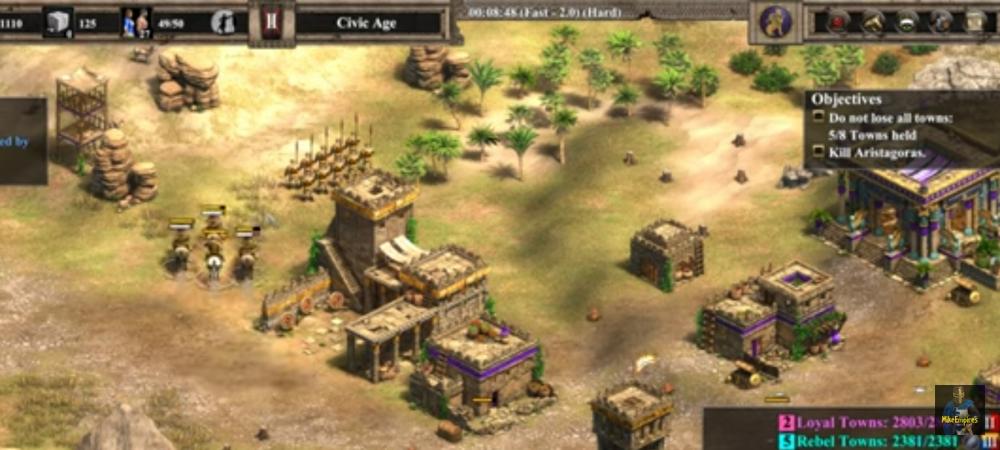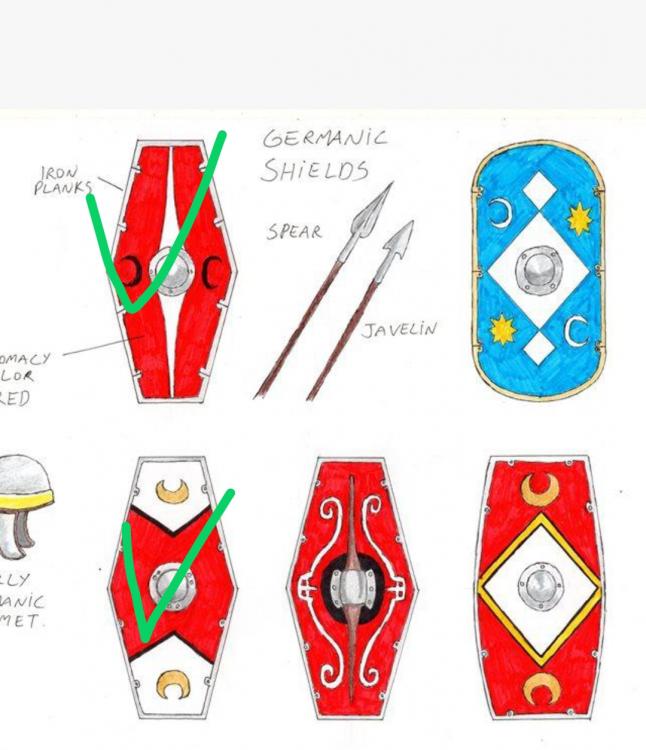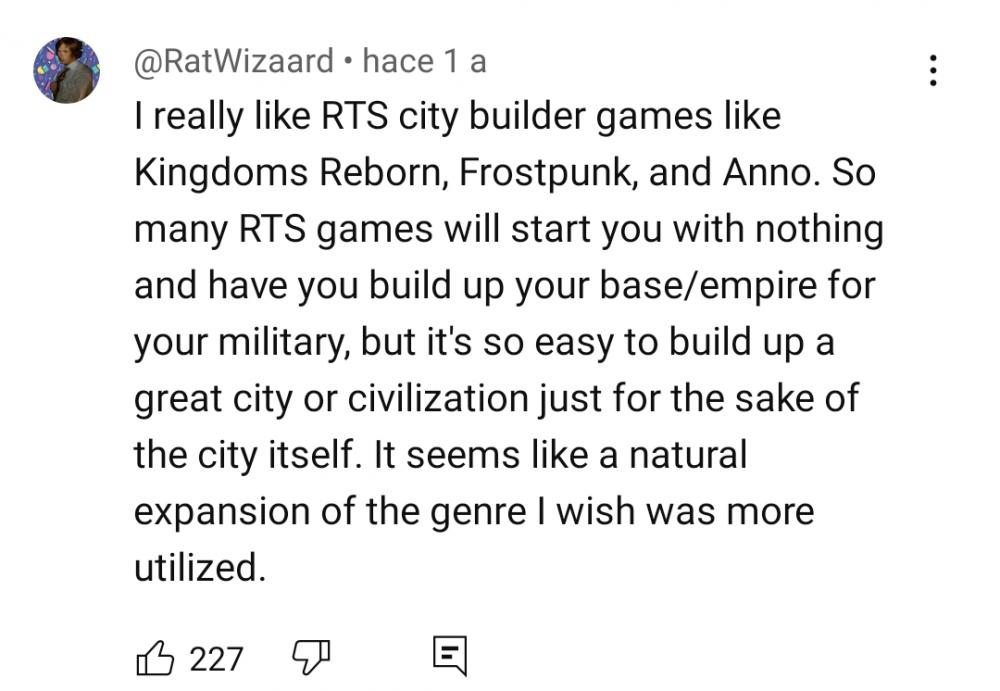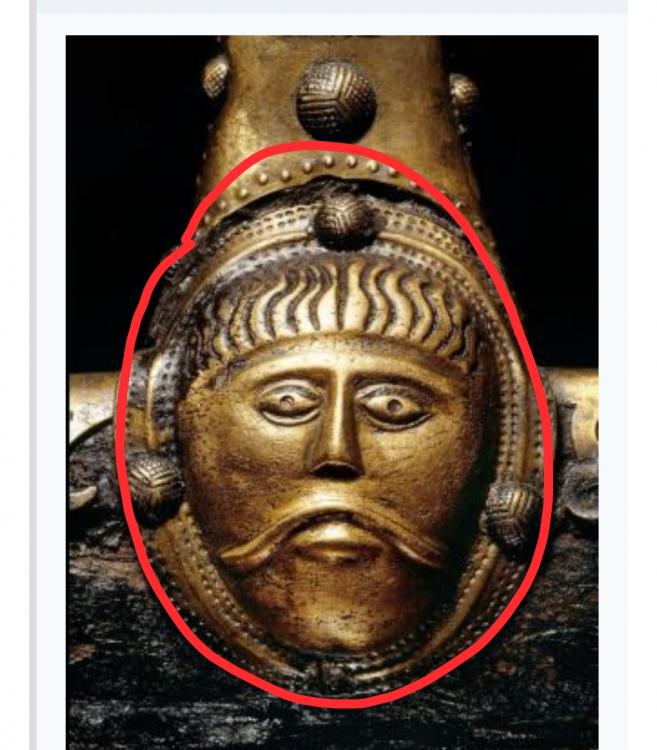-
Posts
25.684 -
Joined
-
Days Won
300
Everything posted by Lion.Kanzen
-
.thumb.png.ce58cea22940c255f5b0a735d5abee36.png)
===[TASK]=== (early) German Shield Patterns
Lion.Kanzen replied to wowgetoffyourcellphone's topic in Official tasks
Genava gave several ideas years ago, I saw it yesterday, but I skipped it, I didn't know we would use it. -
.thumb.png.ce58cea22940c255f5b0a735d5abee36.png)
Planned Disruption - Migration to git and Gitea
Lion.Kanzen replied to Itms's topic in Announcements / News
I feel lost with this new site. Before it was easy to search in the trac, now I don't know how it is organized. It's going to take me a while to find everything. -
.thumb.png.ce58cea22940c255f5b0a735d5abee36.png)
gameplays Age of Empires 2 stuff
Lion.Kanzen replied to Lion.Kanzen's topic in Introductions & Off-Topic Discussion
-
.thumb.png.ce58cea22940c255f5b0a735d5abee36.png)
gameplays Age of Empires 2 stuff
Lion.Kanzen replied to Lion.Kanzen's topic in Introductions & Off-Topic Discussion
-
.thumb.png.ce58cea22940c255f5b0a735d5abee36.png)
===[TASK]=== (early) German Shield Patterns
Lion.Kanzen replied to wowgetoffyourcellphone's topic in Official tasks
In the buttons(portraits) I have a hard time distinguishing the swordsmen from the slingers ones. -
.thumb.png.ce58cea22940c255f5b0a735d5abee36.png)
gameplays Age of Empires 2 stuff
Lion.Kanzen replied to Lion.Kanzen's topic in Introductions & Off-Topic Discussion
-
.thumb.png.ce58cea22940c255f5b0a735d5abee36.png)
===[TASK]=== (early) German Shield Patterns
Lion.Kanzen replied to wowgetoffyourcellphone's topic in Official tasks
The moons could be outlined. White does not contrast well with yellow. -
Stockfish hadn't already left the community?
-
It's a cone, but what is the material that covers it?
-
.thumb.png.ce58cea22940c255f5b0a735d5abee36.png)
===[TASK]=== (early) German Shield Patterns
Lion.Kanzen replied to wowgetoffyourcellphone's topic in Official tasks
-
.thumb.png.ce58cea22940c255f5b0a735d5abee36.png)
===[TASK]=== (early) German Shield Patterns
Lion.Kanzen replied to wowgetoffyourcellphone's topic in Official tasks
Some are my own designs, but I didn't know the background would be white. I could redesign some. -
I think that will be included, it just has low priority.
-
.thumb.png.ce58cea22940c255f5b0a735d5abee36.png)
Modern vs Older RTS Discuss
Lion.Kanzen replied to Lion.Kanzen's topic in Introductions & Off-Topic Discussion
I've always thought that 0 A D should try gameplay from other genres to differentiate itself from an existing product. There are many helpful comments in this video. -
.thumb.png.ce58cea22940c255f5b0a735d5abee36.png)
Modern vs Older RTS Discuss
Lion.Kanzen replied to Lion.Kanzen's topic in Introductions & Off-Topic Discussion
-
Here we are going to put games that seek to make money by offering poor quality and that use a name to deceive. Age of Empires Mobile. I didn't even try it and I knew it was a scam.
-
People like to be gagged by authorities, If there is no law that says so, it is okay and moral good for people. People should learn what is morally correct and clean(fair), not wait for something to be prohibited to act accordingly.
-
I have to search and put down every idea, but now I focus on the radical ideas, the ones that cause a huge impact.
-
.thumb.png.ce58cea22940c255f5b0a735d5abee36.png)
==[Brainstorming]== for cheats units
Lion.Kanzen replied to Lion.Kanzen's topic in Eyecandy, custom projects and misc.
It would be good to take up that idea again. As I said in the other post I had already mentioned that. But I didn't have the level I have now on the forum.- 198 replies
-
- 1
-

-
- brainstorming
- art
-
(and 2 more)
Tagged with:
-
Another idea I made years ago. I suggested that but I had trouble speaking English at the time. There is a game where there was that mechanic. Ancient Wars : Sparta.
-
.thumb.png.ce58cea22940c255f5b0a735d5abee36.png)
==[Brainstorming]== for cheats units
Lion.Kanzen replied to Lion.Kanzen's topic in Eyecandy, custom projects and misc.
These are cheats units, it should not make any sense.- 198 replies
-
- brainstorming
- art
-
(and 2 more)
Tagged with:
-
.thumb.png.ce58cea22940c255f5b0a735d5abee36.png)
Civ: Germans (Cimbri, Suebians, Goths)
Lion.Kanzen replied to wowgetoffyourcellphone's topic in Delenda Est
https://blender.stackexchange.com/questions/78851/how-to-make-bas-relief-from-picture Basically it is the technique of baking an image, but you always needed the original and projected it. Then you form a relief and then bake it and make a rendering. @Stan` knows best how to do this technique.


